These results substantially change the debate on whether cell-phone use is a cancer risk at all.
The studies were nearly two decades in the making.
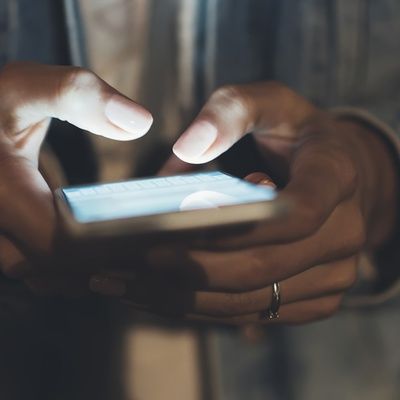
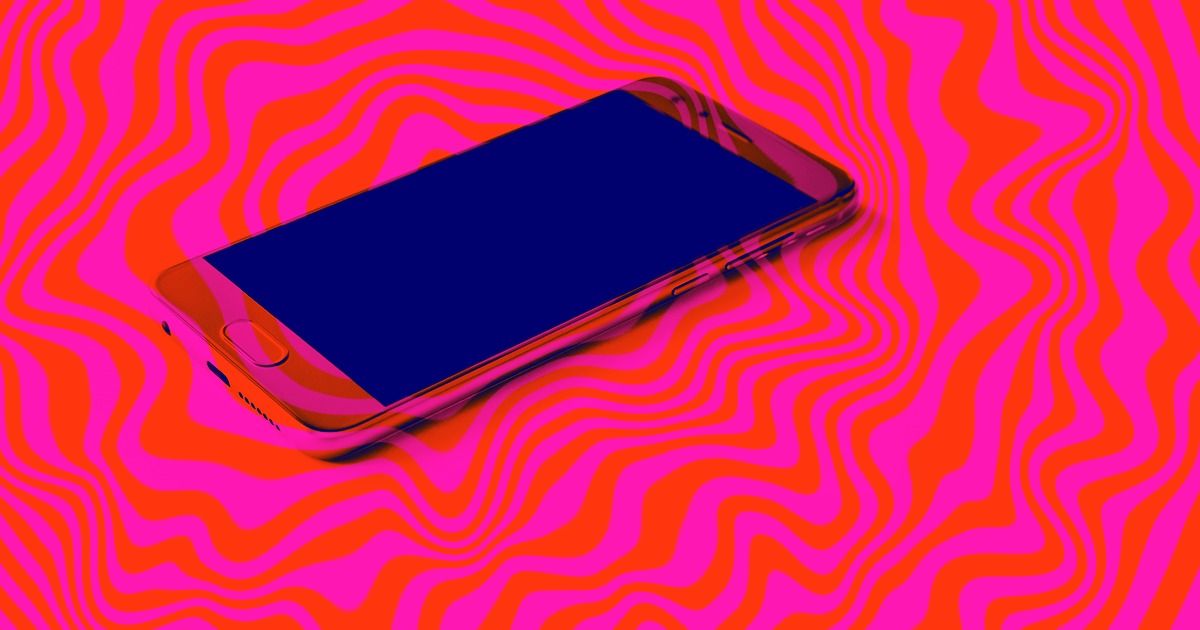
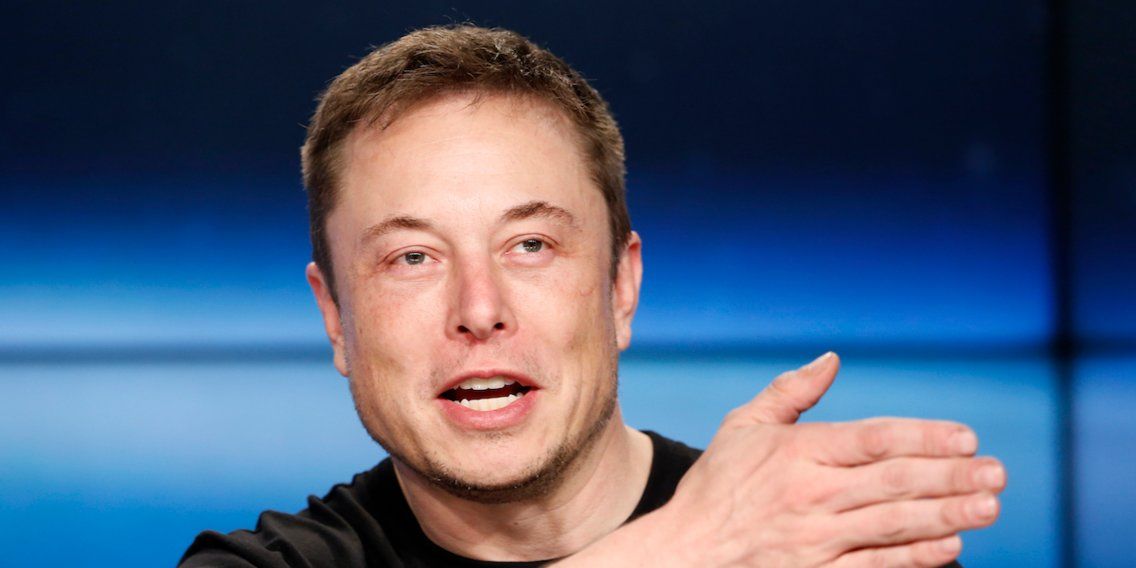
Tesla owners will soon be able to drive their cars with their phones, Elon Musk said.
Tesla CEO Elon Musk said on Thursday via Twitter that an upcoming software update will allow Tesla owners to drive their cars with their phones in some situations.
“Car will drive to your phone location & follow you like a pet if you hold down summon button on Tesla app,” Musk said.
“Also, you’ll be able to drive it from your phone remotely like a big RC car if in line of sight,” he added.
Group Facetime. I think this means we are closer to platforms that can support Virtual Reality… #Holodeck
Apple today released iOS 12.1, the first major update to the iOS 12 operating system designed for the iPhone and the iPad. iOS 12.1 comes more than a month after the September release of iOS 12 and a few weeks after iOS 12.0.1, a bug fix update.
The update is available on all eligible devices over-the-air in the Settings app. To access the update, go to Settings — General — Software Update. As with all iOS updates, iOS 12.1 is free to download.
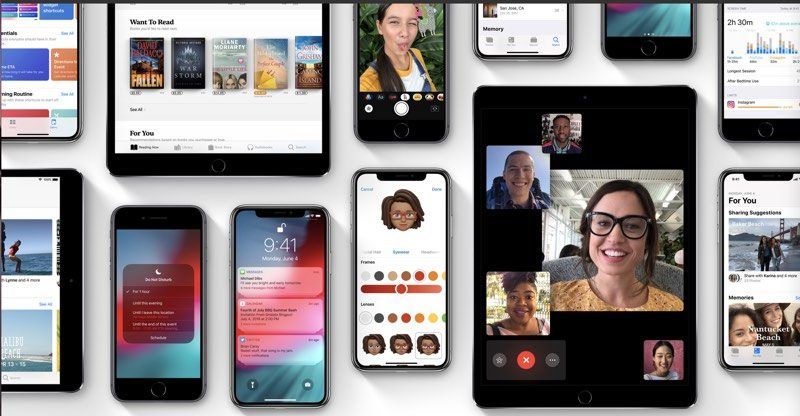
T-Mobile will carry the new OnePlus 6T, the first time a phone from the popular Chinese manufacturer has been offered by a U.S. wireless provider.
The 6T launches exclusively on T-Mobile starting Thursday, the company said during an unveiling event in New York City. But the company is offering an early sale at its Times Square store in New York City starting at 5 p.m. Eastern today.
In a press release, T-Mobile called OnePlus’ offerings “superphones packed with flagship specs at a fraction of the flagship price.” The 6T boasts 128GB of internal storage, fingerprint security functionality, 8GB of RAM, a Snapdragon 845 processor, a 20 mega-pixel dual rear camera and 16 mega-pixel front facing camera and a 6.41-inch OLED screen.
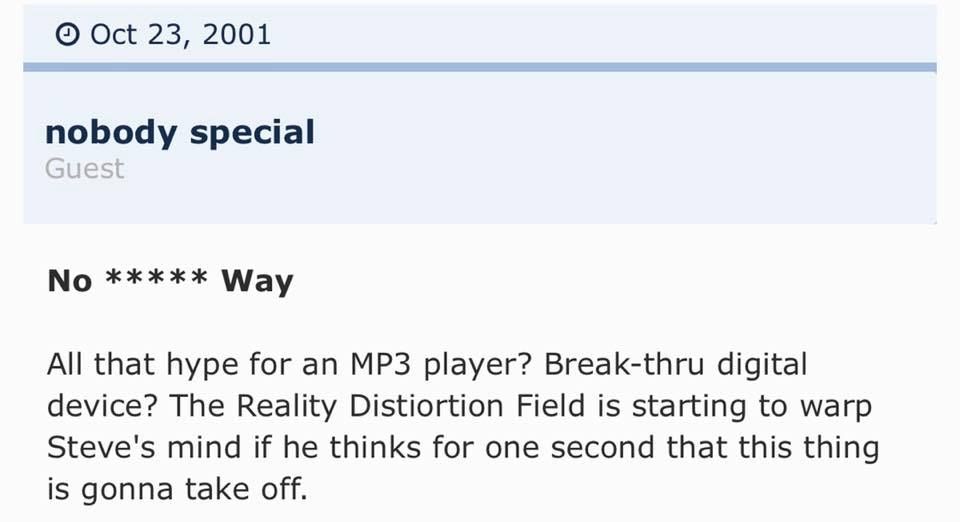
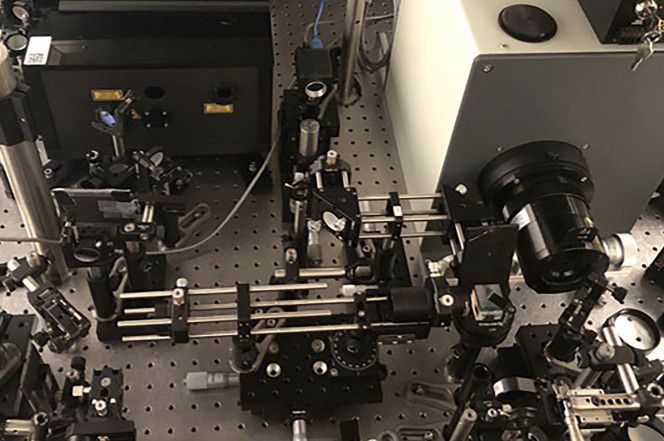
The “slow motion” modes on modern smartphones crank up the speed of video recording so that when it’s played back at regular speed, the motion you see on the screen is slowed down. It’s a neat feature to mess around with, but slow motion capture has some very serious scientific applications as well. Capturing the microscopic world at high speeds can help researchers shed light on all kinds of interesting behaviors and phenomena that shape our reality.
Now, imaging specialists have built what is being called the fastest camera on the planet, allowing for the capture of movement at up to 10 trillion frames per second. Forget slowing down a video of a home run at your kid’s softball game, this incredible contraption can slow down light itself.
A new paper published in Light: Science & Applications explains how the camera works, and boy is it complicated. To put it in its most basic terms, the camera uses laser pulses so ultra-fast that they are measured in quadrillionths of a second and combines those frames with images captured from a second camera moving at the same speed, allowing for high-quality images generated 10 trillion times every second.
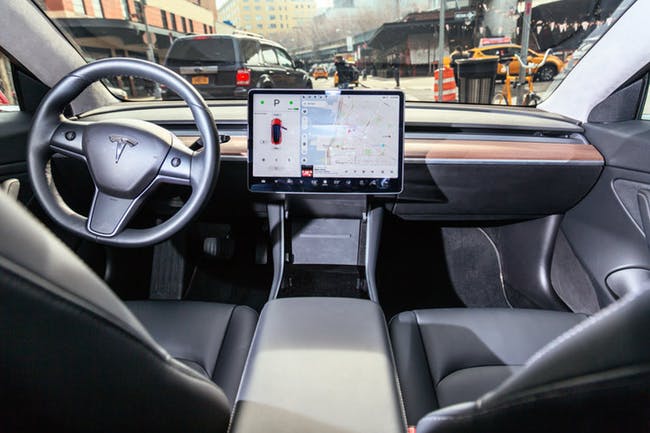
Tesla is shaking up the automotive industry. But which of Tesla’s products and features are doing the disrupting, and who will be affected? A recent article by Benedict Evans delves into the details of this automotive disruption with comparisons to similar shake ups in the tech industry.
Evans uses the disruptive wave that Apple unleashed on Palm, Nokia, and other makers of previous-generation cell phones as an analogy. “When Nokia’s people looked at the first iPhone, they saw a not-great phone with some cool features that they were going to build too, being produced at a small fraction of the volumes they were selling,” he writes. “When many car company people look at a Tesla, they see a not-great car with some cool features that they’re going to build too, being produced at a small fraction of the volumes they’re selling.”
But can Tesla be considered the Apple of the auto industry, and if so, what would that mean? Disruption occurs when a new technology or concept changes the basis of competition in a field. However, not every new technology turns out to be disruptive. “Some things do not change the basis of competition enough, and for some things the incumbents are able to learn and absorb the new concept instead,” writes Evans, noting that business professor Clay Christensen calls this “sustaining innovation” as opposed to “disruptive innovation”.
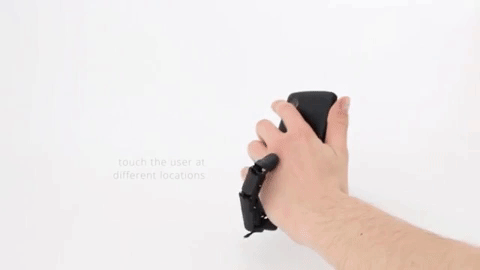
Our smartphones are cold, passive devices that usually can’t move autonomously unless they’re falling onto our faces while we’re looking at them in bed. A research team in France is exploring ways to change that by giving our smartphones the ability to interact with us more (via New Scientist). MobiLimb is a robotic finger attachment that plugs in through a smartphone’s Micro USB port, moves using five servo motors, and is powered by an Arduino microcontroller. It can tap the user’s hand in response to phone notifications, be used as a joystick controller, or, with the addition of a little fuzzy sheath accessory, it can turn into a cat tail.
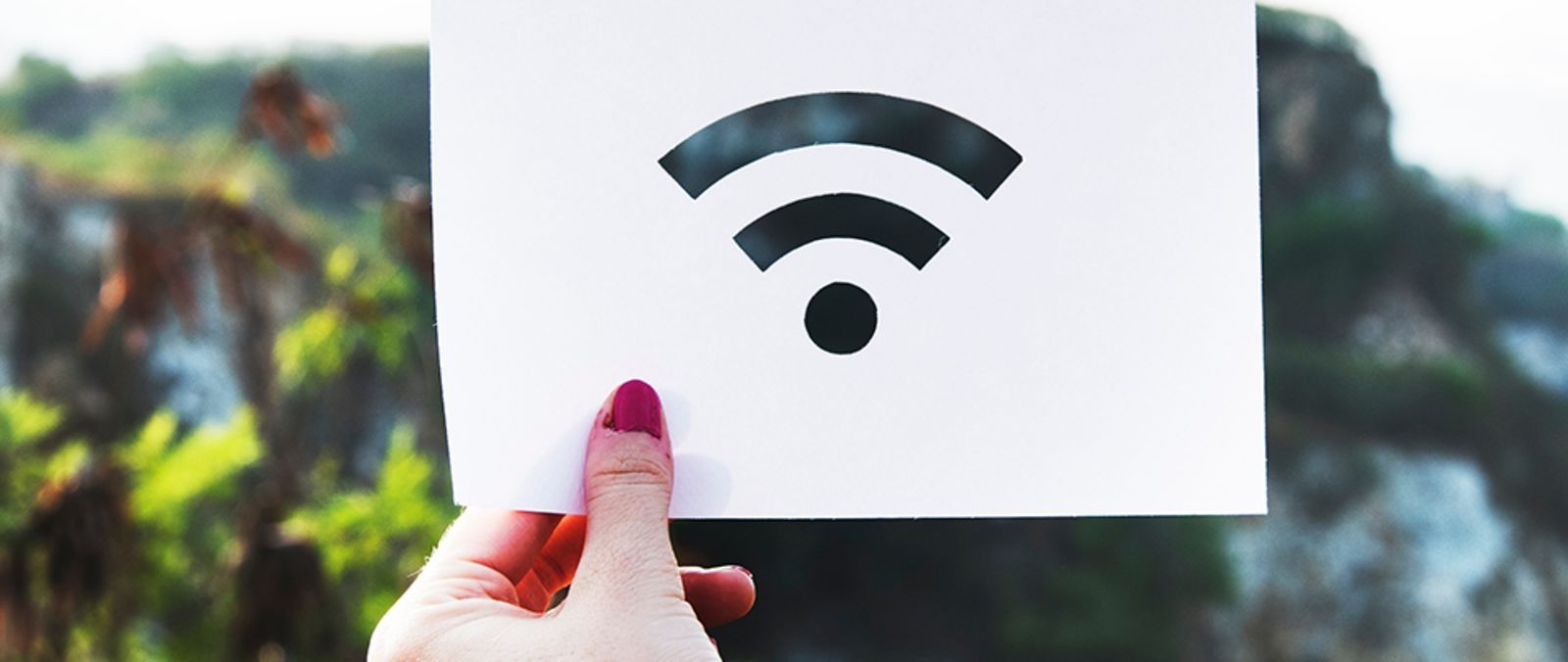
Get ready for the next generation of wifi technology: Wi-fi 6 (for so it is named) is going to be appearing on devices from next year. But will you have to throw out your old router and get a new one? And is this going to make your Netflix run faster? Here’s everything you need to know about the new standard.
A brief history of wifi
Those of you of a certain age will remember when home internet access was very much wired—only one computer could get online, a single MP3 took half an hour to download, and you couldn’t use the landline phone at the same time.